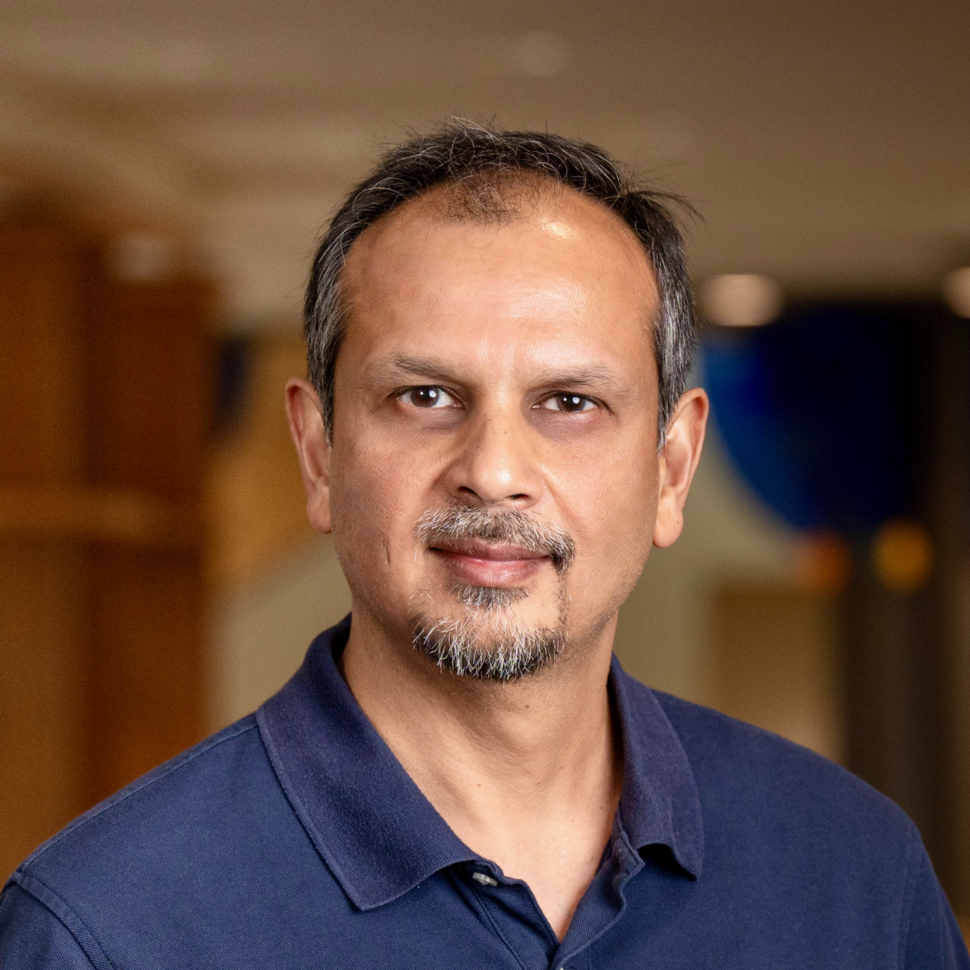The Neighborhood Tobacco Environment and Adolescent Tobacco Use in India
Global Cancer Research and Control Seminar Series
June 5, 2025 | 10:00 AM – 11:00 AM
Virtual
Continuing Medical Education (CME) credits now available – This activity has been approved for AMA PRA Category 1 Credits™.
India has one of the highest tobacco-related morbidity and mortality burdens worldwide. Adult use rates are exceptionally high, with smokeless tobacco use rates higher than smoking rates. Tobacco is smoked, chewed, and applied, and consists primarily of local products (bidi, cigarettes, pan masala with tobacco, khaini, gutkha, snuff, etc.). More than half of the adults who use tobacco in India started during adolescence or early adulthood. Thus, preventing and curbing youth tobacco use rates is a public health priority. To address the tobacco-related population health burden, the Government of India enacted the Cigarettes and Other Tobacco Products Act (COTPA) in 2003, with many amendments since. This presentation will characterize the neighborhood tobacco environment of adolescents in India regarding tobacco retail access, promotion, and COTPA compliance. It will also examine the association between these neighborhood tobacco environmental factors and the risk of tobacco use in adolescents.
Ritesh Mistry, Ph.D., M.P.H., is a tenured Associate Professor of Global Public Health and Health Behavior and Health Equity at the University of Michigan. He has led public health research projects in the United States and internationally for many years. Dr. Mistry’s research addresses health risk behaviors, particularly those associated with cancer and chronic disease risks, such as tobacco use. He has studied tobacco use in families, adolescents, young adults, and reproductive-aged patients. Dr. Mistry’s key focus is on policy and environmental influence on health behaviors. His research has been funded by the National Institutes of Health, the Centers for Disease Control and Prevention, the U.S. Food and Drug Administration, the Agency for Healthcare Research and Quality, the Fulbright Program, and the California Tobacco-Related Disease Research Program.
